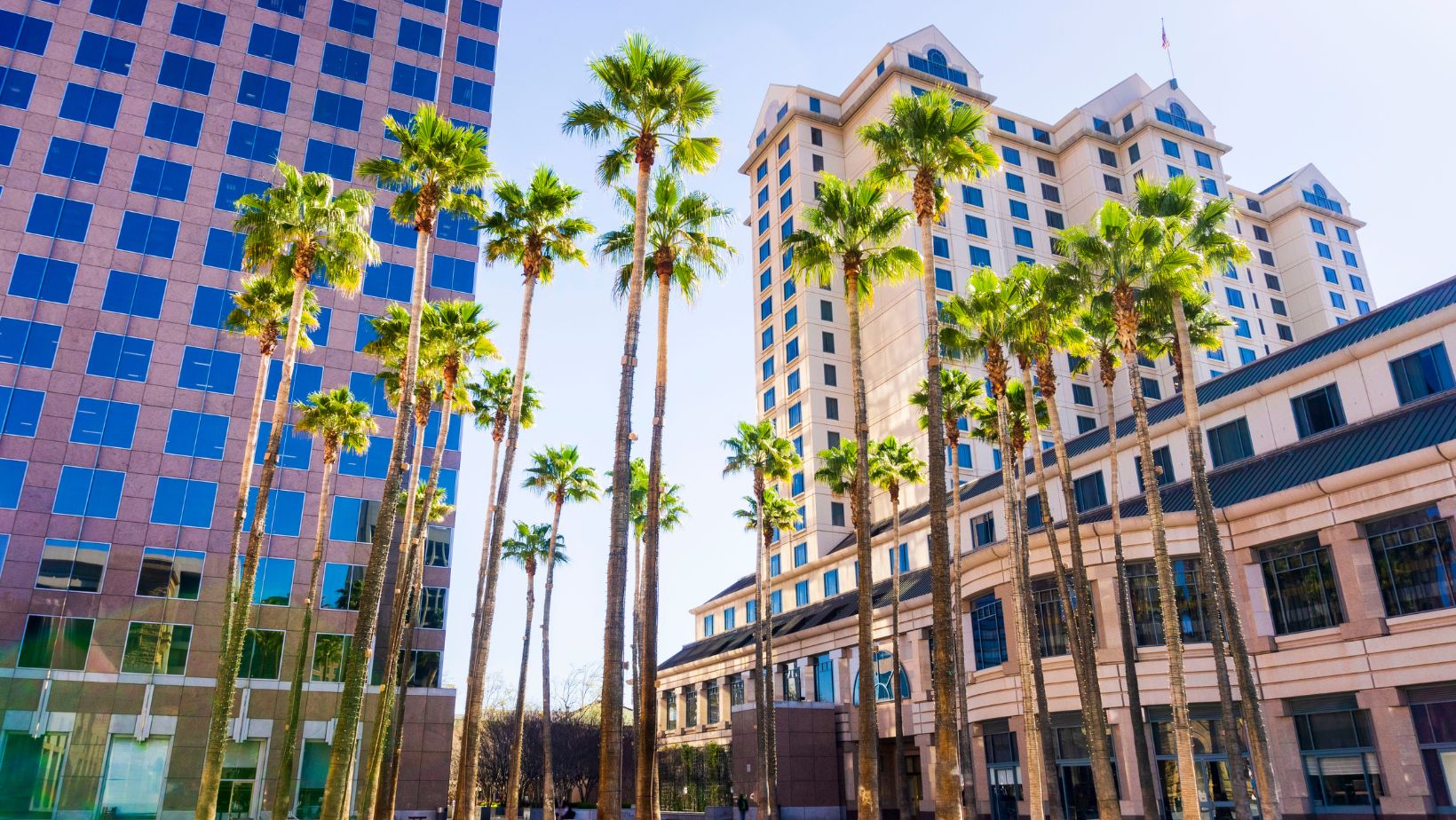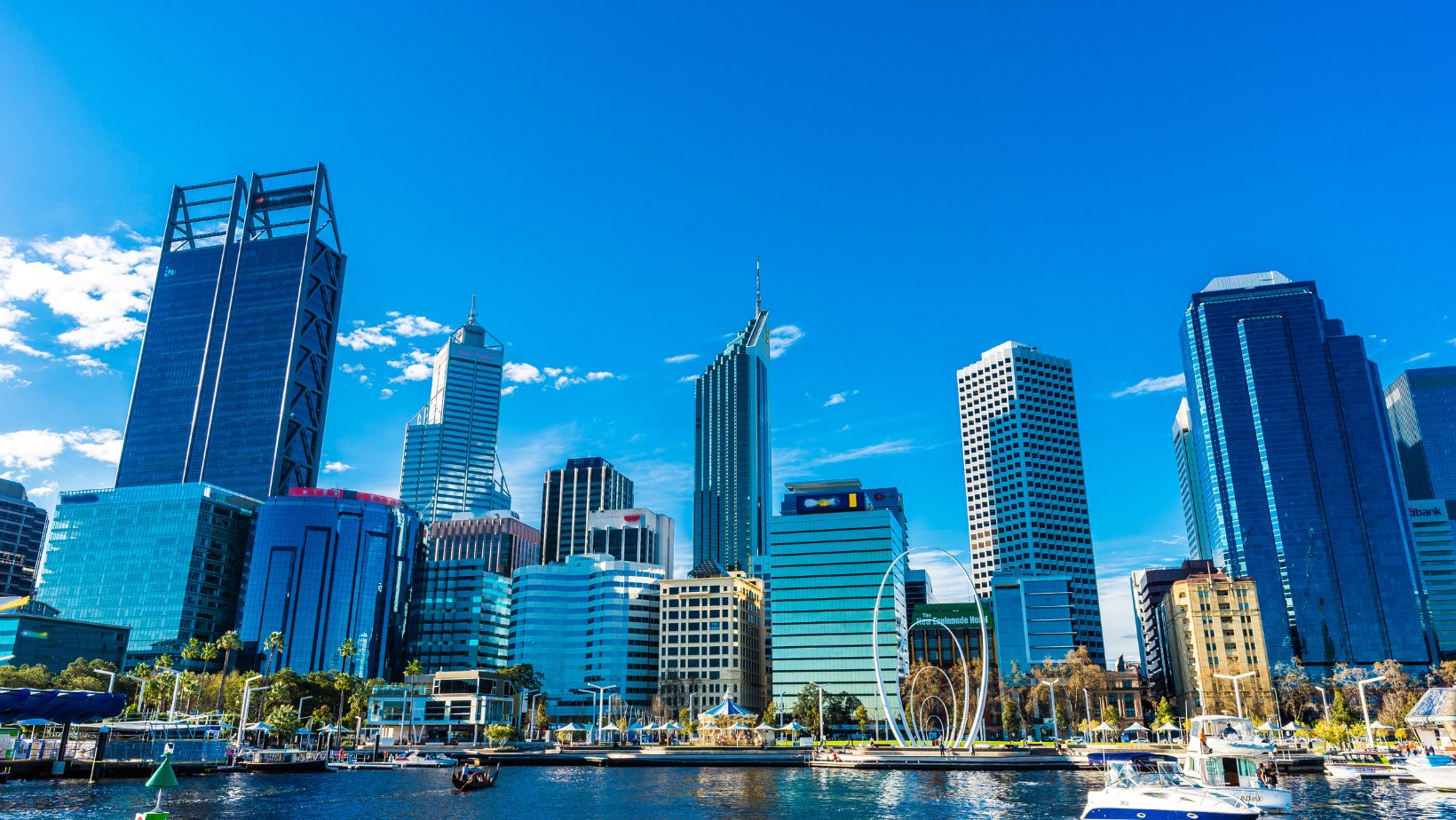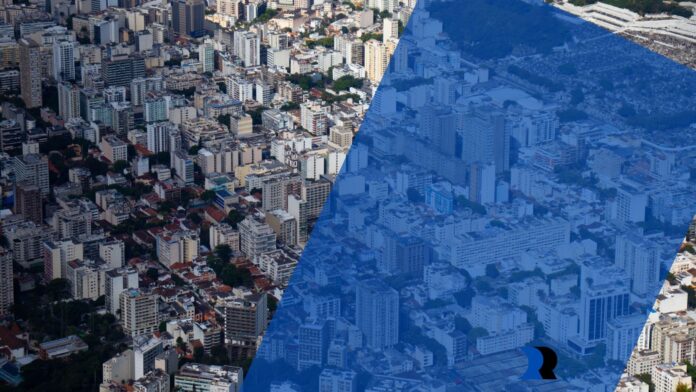The transition to modern urban landscapes has been marked by exponential leaps in technological innovation no matter the decades you’re comparing. Post-World War II, we witnessed a surge in technological advancement and architectural imagination. The mid-20th century brought about the rise of modernist architecture, a movement characterized by simplicity, functionality, and a departure from ornamental designs.
In more recent decades, the digital revolution has ushered in a new era for urban landscapes. The emergence of smart technology and digital connectivity has transformed cities into living ecosystems that are responsive and adaptive. Urban design has transcended traditional boundaries, now incorporating digital elements that blend the physical and virtual worlds.
This blend is most vividly seen in the realm of digital outdoor advertising. Once static billboards now dynamically interact with their environment, changing content based on real-time data and audience engagement. This integration of technology into urban aesthetics represents not just a shift in advertising but a broader transformation in how we experience and interact with our urban surroundings.
Reinventing Urban Efficiency And Sustainability through Smart Infrastructure
In the heart of modern urban innovation lies the concept of smart infrastructure. This transformative idea melds technology seamlessly into the urban fabric, redefining how cities function and enhancing the day-to-day experiences of their inhabitants. At its core, smart infrastructure isn’t just about the deployment of advanced technologies. It’s about reimagining urban spaces to be more efficient, sustainable, and conducive to quality living.
Smart Lighting: Illuminating Cities with Intelligence
Take, for instance, the pioneering strides made in smart lighting. Barcelona, a city known for its rich history and architectural marvels, has also become a beacon of technological progress with its smart lighting systems. These aren’t your ordinary street lamps. Equipped with sensors, they dynamically adjust their brightness based on real-time factors such as occupancy and natural light levels. The result? A significant reduction in energy consumption, translating to lower costs and a smaller carbon footprint. It’s a brilliant example of how technology can be harnessed to make our cities not only smarter but also more environmentally responsible.
Intelligent Traffic Systems: Navigating Towards Smoother Urban Flow
Another arena where smart infrastructure is making waves is in the management of urban traffic. Singapore, a city synonymous with innovation, has implemented intelligent traffic systems that are a game-changer for urban mobility. By harnessing the power of real-time data, these systems manage traffic flow with remarkable efficiency. Traffic lights aren’t just timers anymore; they’re decision-makers, adapting to traffic conditions to minimize congestion. This smart approach not only eases the daily commute for millions but also plays a crucial role in reducing vehicular emissions, making the city’s air cleaner and its streets less cluttered.
Cultivating Sustainability in Urban Landscapes through Green Technologies
As we navigate the evolving narrative of urban development, the adoption of green technologies emerges as a key chapter. This shift towards sustainable urban development isn’t just a trend; it’s a vital response to the environmental challenges of our time. Green technologies stand at the forefront of this movement, playing a pivotal role in reducing the ecological footprint of our cities and fostering a healthier relationship between urban spaces and the environment.
Green Buildings: Pioneering Sustainable Architecture
One of the most striking embodiments of this green revolution is seen in the architecture of green buildings. These structures are marvels of innovation, designed with a commitment to energy efficiency, reduced water usage, and the use of environmentally friendly materials.

A shining example is The Edge in Amsterdam, often hailed as one of the greenest buildings globally. With its advanced energy management systems, rainwater harvesting capabilities, and a roof teeming with solar panels, The Edge isn’t just a building; it’s a statement on how sustainable design can coexist with aesthetic and functional excellence.
Urban Green Spaces: Breathing Life into Concrete Jungles
Another critical aspect of green technologies is the creation of urban green spaces. These oases in the midst of concrete jungles serve multiple purposes. In cities like Chicago, the integration of parks and green roofs has transformed urban aesthetics, offering residents and visitors pockets of nature amidst the urban sprawl. But their role extends beyond beauty. These green spaces are vital in combating urban heat islands, reducing the ambient temperature in their vicinity. They also contribute to improved air quality, acting as natural filters that cleanse the urban atmosphere. The result is a more livable, breathable city, where green spaces provide not just a visual respite but a tangible improvement in environmental health.
Connectivity And The Modern Urban Network
In the tapestry of modern urban development, the role of the Internet of Things (IoT) is akin to a master weaver, connecting disparate threads to create a cohesive, responsive fabric. The transformative impact of IoT in urban environments lies in its ability to link various city components into an integrated, intelligent network. This isn’t just about adding technological capabilities; it’s about redefining the very essence of urban living, making cities more adaptive, efficient, and attuned to the needs of their inhabitants.
Smart Sensors: The Nerve Endings of a Smart City
The implementation of smart sensors is a cornerstone of this transformation. These tiny yet powerful devices function like nerve endings spread throughout the city, constantly collecting and transmitting data. Take Santander, Spain, for example, where over 12,000 sensors are embedded across the city.

From monitoring air quality to keeping tabs on noise levels and even assessing the structural health of buildings, these sensors provide a continuous stream of data that is vital for informed urban management. This network of sensors not only aids in immediate decision-making but also in long-term planning, ensuring that the city is not just functioning but thriving.
Connected Services: Enhancing Efficiency in Urban Ecosystems
The IoT revolution extends to connected services, which play a significant role in streamlining urban operations. In Seoul, South Korea, an innovative application of IoT is seen in the form of smart bins. These bins are equipped with sensors that detect when they are full and automatically alert sanitation services. This seemingly simple application embodies the profound impact of IoT. It’s not just about reducing the workload for sanitation workers; it’s about creating a more efficient, cleaner, and healthier urban environment. Such connected services, whether in waste management, public safety, or transportation, are making cities more livable and manageable.
Future Frontiers in Urban Design
As we stand at the crossroads of technological innovation and urban development, it’s exhilarating to imagine what the future holds for our cityscapes. In the not-too-distant future, we might see cities where smart infrastructure evolves to an unprecedented level of sophistication. Imagine buildings with self-healing concrete, or roads that charge electric vehicles as they drive over them. Architects and urban planners might create structures that are not just buildings but living ecosystems, adapting in real-time to environmental conditions and occupant needs.
The focus on sustainable development is likely to intensify, with green technologies becoming the standard rather than the exception. We could witness the rise of urban landscapes where every rooftop is a garden and every building is powered by renewable energy. These green innovations will not only reduce the environmental footprint of cities but also foster a deeper connection between urban dwellers and nature.
As for connectivity, the Internet of Things is set to weave even more intricate networks within the urban fabric, leading to cities that are more responsive and interconnected than ever before. This will also open new frontiers for advertisers. Digital outdoor advertising could evolve into a more interactive and personalized experience, engaging with passersby in real-time and creating immersive brand experiences that blend seamlessly with the urban environment.
This future vision is not just a playground for technological prowess; it’s a canvas for creativity and innovation. Architects and urban planners will have the tools to design not just for functionality, but for adaptability, resilience, and harmony with the natural world. Advertisers, on the other hand, will find new ways to weave narratives that resonate with the rhythms of city life, turning every digital display and interactive installation into a story waiting to be told.


